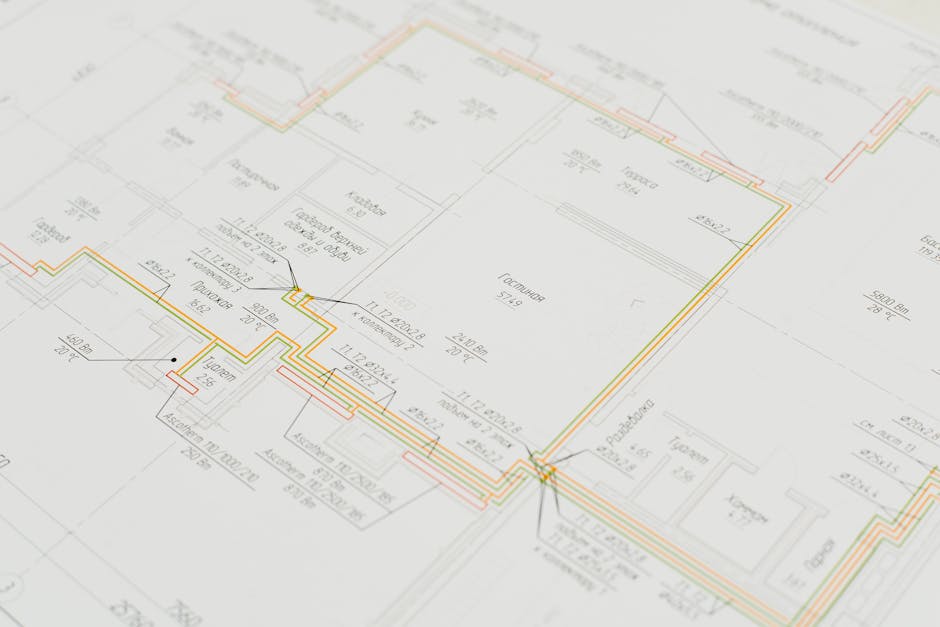Maximizing Office Space: Essential Benchmarks and Metrics for Workplace Efficiency
“This comprehensive guide explores essential office space utilization benchmarks and metrics, providing actionable insights for workplace leaders to optimize their real estate portfolios, enhance employee experience, and drive productivity in the modern hybrid work environment. ”

Maximizing Office Space: Essential Benchmarks and Metrics for Workplace Efficiency
In today's dynamic work environment, understanding and optimizing office space utilization has become crucial for businesses aiming to enhance productivity, reduce costs, and improve employee satisfaction. This article delves into the key benchmarks and metrics that workplace leaders should consider when evaluating their office space utilization.

Understanding Office Space Utilization
Office space utilization refers to how effectively a workspace is used by employees, equipment, and other resources. It's a critical aspect of workplace management that can significantly impact productivity, employee satisfaction, and real estate costs.
Key Metrics for Measuring Office Space Utilization
-
Occupancy Rate: This metric measures the percentage of available space currently being used by employees. It's calculated by dividing the number of occupied spaces by the total available spaces.
-
Desk Utilization: This metric focuses on the percentage of desks being used at any given time. It's particularly relevant in offices adopting hot-desking or flexible seating arrangements.
-
Meeting Room Utilization: This measures the percentage of available meeting rooms being used, helping to identify if there's a shortage or excess of collaborative spaces.
-
Space Utilization Index: This comprehensive metric compares the total usable area of the workspace to the actual space being used, providing an overall efficiency score.

Benchmarking Office Space Utilization
Benchmarking is a valuable process that allows organizations to compare their performance against industry standards or competitors. When it comes to office space utilization, benchmarking can provide insights into:
- Whether your space usage is efficient compared to industry norms
- Potential areas for improvement in your workplace strategy
- Opportunities to optimize costs and enhance productivity
Industry Benchmarks
While benchmarks can vary by industry and location, here are some general guidelines:
- Average Occupancy Rate: Pre-pandemic, a typical office had an occupancy rate of 60-70%. Post-pandemic, this has shifted to around 40-50% for many organizations adopting hybrid work models.
- Desk Utilization: A good benchmark for desk utilization in a flexible office environment is 70-80%.
- Meeting Room Utilization: Aim for 70% utilization during peak hours to ensure availability without over-provisioning.
Strategies for Improving Office Space Utilization
-
Implement Flexible Work Arrangements: Offering remote work options or flexible hours can help reduce the number of employees in the office at any given time, allowing for more efficient space usage.
-
Redesign Office Spaces: Consider reconfiguring workstations or common areas to better support employee needs and improve space utilization. This might include creating more breakout spaces for collaborative work.
-
Leverage Technology Solutions: Utilize occupancy sensors or space management software to track utilization metrics in real-time and identify areas of inefficiency.
-
Encourage Collaboration: By promoting teamwork and collaboration, organizations can optimize the use of shared spaces and reduce the need for individual workstations.

The Importance of Data-Driven Decision Making
To truly optimize your office space, it's crucial to make decisions based on accurate data. Exploring the metrics behind your workplace utilization can provide valuable insights into:
- Peak usage times and patterns
- Underutilized areas that could be repurposed
- The effectiveness of your current workplace strategy
By consistently monitoring and analyzing these metrics, you can make informed decisions about your real estate portfolio, office design, and workplace policies.
Conclusion: Embracing Efficient Space Utilization
As the workplace continues to evolve, efficient office space utilization will remain a key factor in organizational success. By understanding and leveraging the right benchmarks and metrics, workplace leaders can create more productive, cost-effective, and employee-friendly environments.
Remember, the goal isn't just to reduce square footage, but to create a workspace that supports your employees' needs and your organization's objectives. Regular assessment, benchmarking, and optimization of your office space utilization will ensure your workplace remains a valuable asset in driving business success.
By focusing on these key metrics and strategies, you can transform your office into a dynamic, efficient space that enhances productivity, fosters collaboration, and supports the evolving needs of your workforce in the modern era of work.